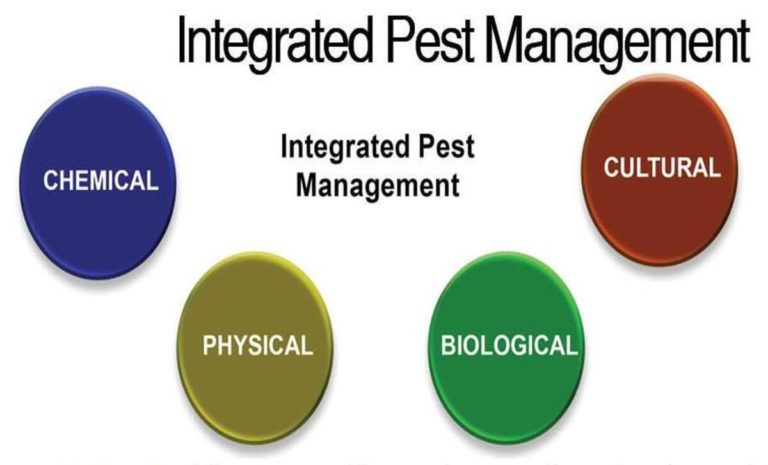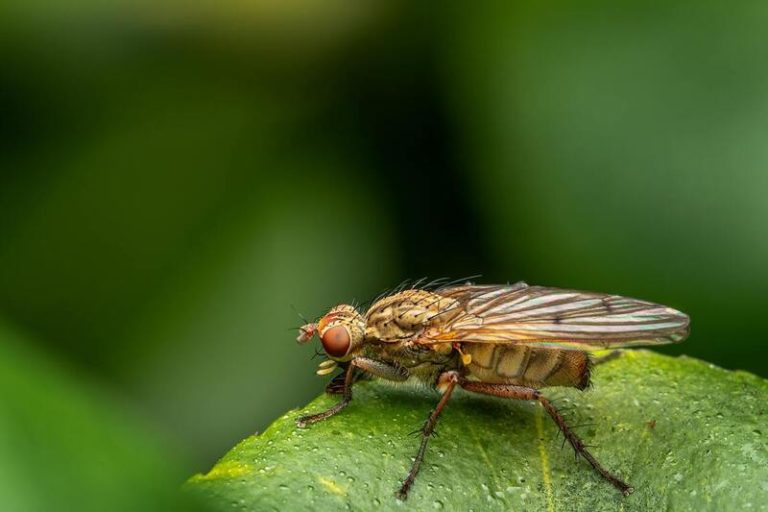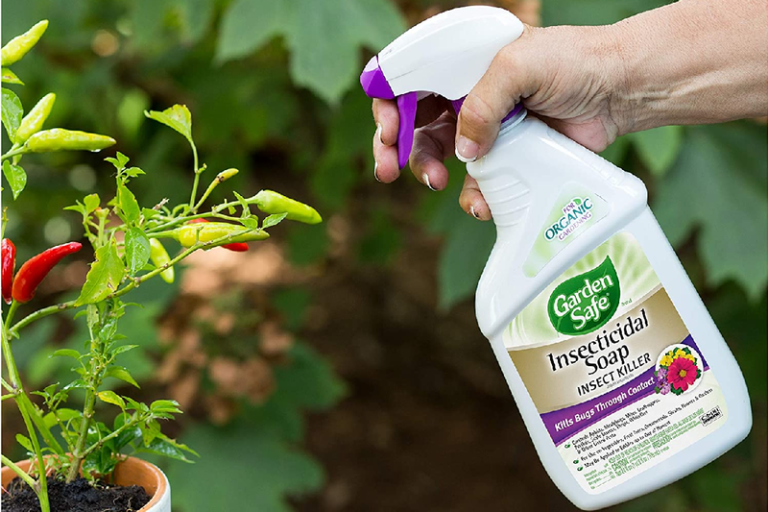Fungicides: An Effective Tool for Protecting Crops from Fungal Diseases
Fungicides are a type of chemical pesticide used to kill or prevent the growth of fungi, which can cause disease in plants, animals, and humans. They are an important tool for farmers and gardeners to use to stop diseases caused by fungi and keep crops from getting damaged.
Types of Fungicides
There are several types of fungicides available, each with different properties and modes of action. Here are some of the most common types of fungicides:
1. Contact Fungicides:
Contact fungicides are put on the surface of the plant and kill the fungal spores when they come in contact with them. These fungicides are typically used as preventative measures before the disease has taken hold.
2. Systemic Fungicides:
The plant absorbs systemic fungicides and distributes them to all parts of it, including the stems, leaves, and roots. They protect plants from diseases caused by fungi for a long time by stopping the fungi from growing inside the plant.
3. Translaminar Fungicides:
Translaminar fungicides are absorbed by the leaves of the plant and move from the top of the leaf to the bottom. They provide protection against fungal diseases on both sides of the leaf.
4. Protectant Fungicides:
Protectant fungicides create a barrier on the surface of the plant, which prevents the fungus from attaching to the plant’s surface. They are often used with other fungicides to make a stronger defense against diseases caused by fungi.
5. Eradicant Fungicides:
Fungicides with eradicant properties are used to eradicate fungal infections that have already infected a plant. They function by eliminating the fungi that have already colonized the plant.
6. Systemic Acquired Resistance (SAR) Inducers:
SAR inducers are not fungicides, but they turn on the plant’s natural defenses against diseases caused by fungi. They work by stimulating the plant’s immune system, which makes it more resistant to fungal infections.
7. Biological Fungicides:
Biological fungicides are obtained from bacteria, fungus, and viruses, among other living species. They either directly target the fungus or stimulate the plant’s immune system.
Several types of fungicides can be used to prevent and control the spread of fungal infections in plants, animals, and humans. Farmers and gardeners must select the appropriate fungicide depending on the kind of fungal disease, the stage of the disease’s life cycle, and the mode of action of the fungicide. While use fungicides, it is essential to observe all safety precautions and label directions.
How to Apply Fungicides
Depending on the type of fungicide and the crop being treated, many application methods exist. Following are some general application guidelines for fungicides:
- Read the label: Before using any fungicide, read the label carefully to find out how to use it, what precautions to take, and how much to use.
- Timing: The timing of fungicide application is critical for its effectiveness. Apply the fungicide at the first sign of fungal disease or before the disease occurs, depending on the product’s instructions.
- Method of application: The use of fungicides to plants can take several forms, including spraying the leaves, soaking the soil, and treating the seeds. Depending on the fungicide and the crop, several application methods will be used.
- Equipment: Use the appropriate equipment for the method of application. For example, use a sprayer with a fine mist nozzle for foliar sprays and a watering can or soil injector for soil drenches.
- Coverage: Ensure that the fungicide covers the plant thoroughly. Apply the fungicide to both the upper and lower surfaces of the leaves, stems, and other plant parts, including the flowers and fruit.
- Reapplication: Depending on the type of fungicide, reapplication may be necessary to maintain effective control of the fungal disease. Follow the product’s instructions for reapplication timing and rates.
- Safety: Wear protective clothing, gloves, and a mask when handling fungicides. Keep children and pets away from treated areas until the product has dried.
Applying fungicides correctly can help prevent and control fungal diseases in plants. Remember to read the label carefully, apply the fungicide at the right time and with the appropriate method, ensure complete coverage of the plant, and follow the product’s instructions for reapplication and safety precautions.
Benefits of Fungicides
Fungal diseases can cause significant damage to plants, leading to reduced yield and quality. Fungicides can help prevent and control these diseases, resulting in several benefits. Here are some benefits of fungicides:
Improved plant health: Fungicides protect plants from fungal diseases, promoting healthy growth and development.
Increased yield: Fungal diseases can reduce crop yields significantly. Fungicides can help prevent these diseases, resulting in increased yields.
Improved crop quality: Fungal diseases can also affect the quality of crops, reducing their market value. Fungicides can help prevent disease and improve crop quality.
Cost-effective: Fungicides can save farmers money because they keep crops from getting damaged or losing yield. This helps farmers make more money in the long run.
Fungicides can help farmers use less fertilizers and pesticides, which can be bad for the environment.
Versatility: There are different kinds of fungicides, and each one works best against a certain kind of fungal disease. Because of this, farmers can use fungicides in ways that work best for their crops and disease problems.
Fungicides help farmers in many ways, like making plants healthier, increasing crop yield, improving crop quality, saving money, and being better for the environment. Fungicides are very important for agriculture and food production because they stop and control fungal diseases.
Potential Risks and Concerns
While fungicides offer several benefits in protecting crops from fungal diseases, there are also potential risks and concerns associated with their use. Here are some of the key concerns:
- Resistance: Fungi can become immune to fungicides if they are used often and for a long time. This makes the fungicides useless. This can lead to increased use of fungicides and decreased effectiveness in controlling fungal diseases.
- Environmental impact: Fungicides can hurt the environment in many ways, such as by polluting water and soil and hurting organisms that aren’t the intended targets, like bees and other helpful insects.
- Human health risks: Farmers, people who work in agriculture, and consumers can all have health problems if they are exposed to fungicides. Some types of fungicides can cause cancer, neurological problems, and harm to reproduction if you are exposed to them for a long time.
- Cost: Fungicides can be expensive, and farmers, especially small-scale farmers with few resources, may have to pay more if they use them often.
- Residues: Fungicide residues can remain on crops after application, and if not properly managed, they can pose risks to human health and the environment.
- Regulation: The use of fungicides is regulated by government agencies, and farmers must adhere to guidelines for safe and responsible use. Failure to comply with regulations can result in fines and legal repercussions.
In the end, fungicides can help protect crops from diseases caused by fungi, but their use must be carefully managed to reduce risks and worries. Farmers should follow guidelines for safe and responsible use and consider integrated pest management approaches that minimize reliance on chemical inputs.
Conclusion
Fungicides are an important part of farming and gardening because they stop diseases caused by fungi and protect crops. Farmers and gardeners can get healthier plants and more crops from them if they use them carefully and take the right safety precautions.
FAQ:
Q: What is a fungicide?
A: Fungicides are a type of pesticide that are used to keep fungi or fungal spores from growing on plants or crops.
Q: How do fungicides work?
A: Fungicides work by either inhibiting the growth of fungal cells or by killing them outright.
Q: When should I apply fungicides?
A: The right time to use a fungicide depends on the plant or crop being treated and the kind of fungal disease it is likely to get. For specific instructions, talk to a licensed professional or read the label on the fungicide.
Q: Are fungicides safe for humans and the environment?
A: Fungicides can pose health and environmental risks if not used properly. It is important to follow safety guidelines and use only as directed on the product label.
Q: Can fungicide use lead to resistance in fungal populations?
A: Yes, fungi can become resistant to fungicides when they are used often and over and over again. To stop this from happening, it is best to use fungicides that work in different ways.
Q: Can fungicides be used in organic farming?
A: Yes, you can use some fungicides in organic farming. To make sure that organic standards are met, it is important to check with the certifying agency or governing body.
Q: How long do fungicides stay effective?
A: The way a fungicide works depends on things like the weather, how it is applied, and the type of fungus it is meant to kill. It is best to follow the instructions on the label for how often and when to use the product.
Q: Can fungicides be used to treat fungal diseases in humans or animals?
A: No, fungicides are made for plants and aren’t safe for people or animals to use. If you or your pet has a fungal infection, talk to a doctor or nurse about the best way to treat it.
Also Read:
Insecticides in Agriculture: Maximizing Crop Yields While Minimizing Risks







